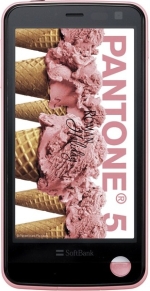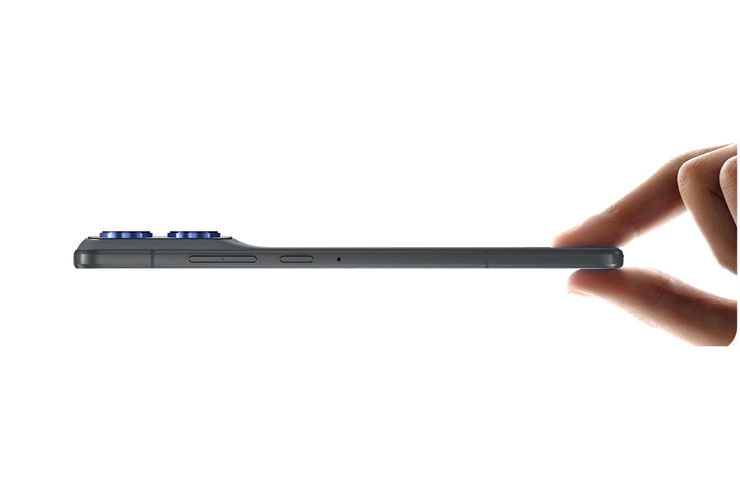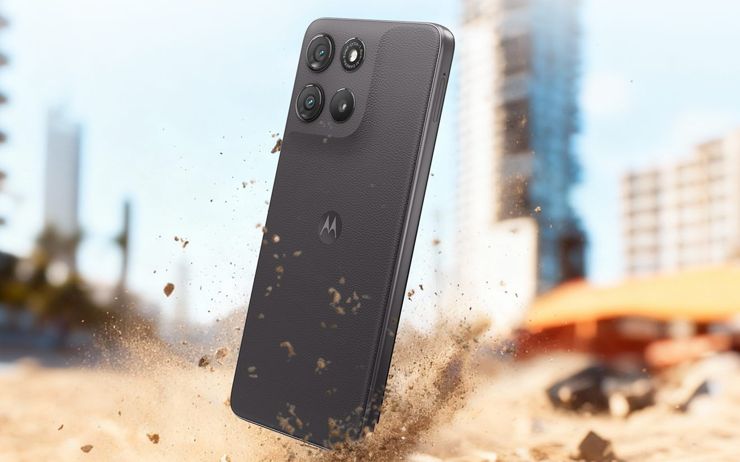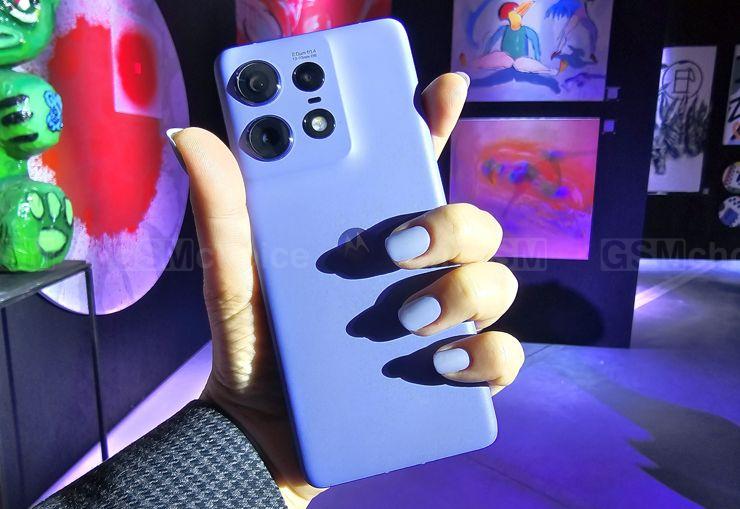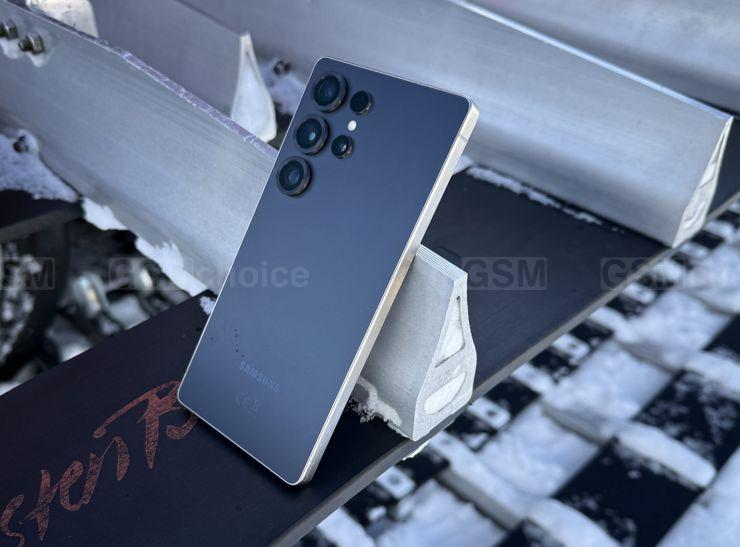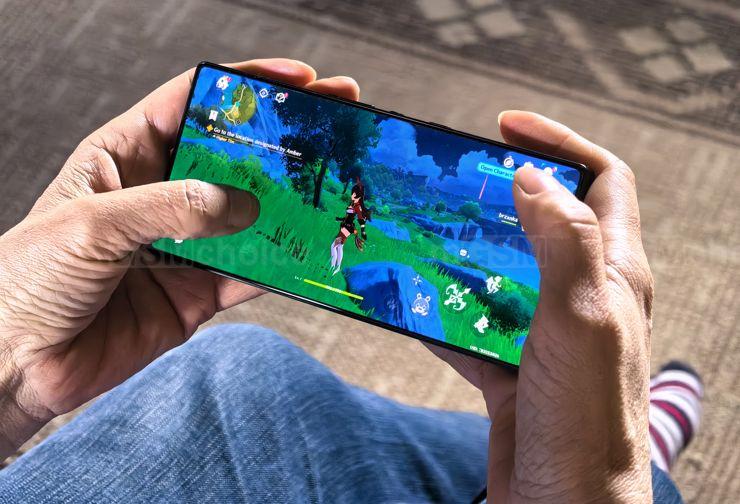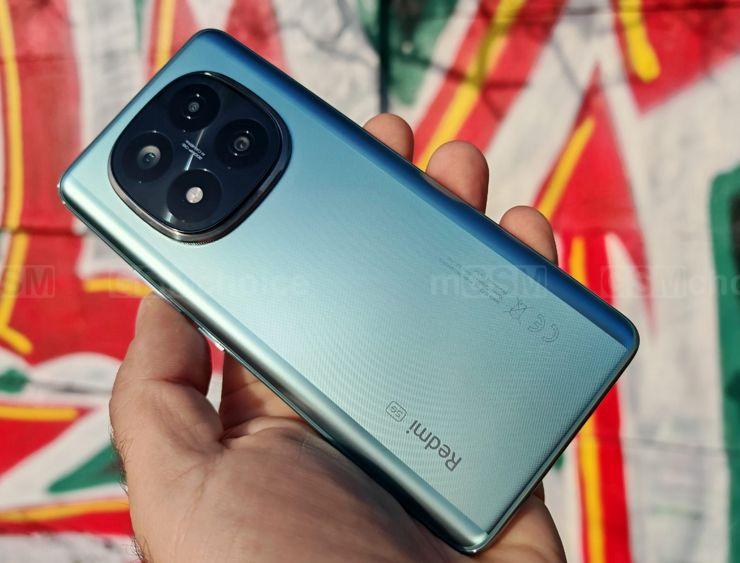
Today, another curiosity from Japan, a living proof of how to transform a national tragedy, which was clearly a failure of power plants in Fukushima, into the marketing gibberish. The product is interesting, but the circumstances of the release are at least ambiguous.
In fact, I should not be so biting, but when I read about the phone equipped with a radiation counter, I thought it was a joke. When I plunged into the contents of the press release, I was surprised: it was not a grim joke, and the idea of gurus from the sales department, working out and pushing people to the next new product. In fact, I should commend the concept of Sharp engineers. An accident similar to that of Fukushima could happen again. And then everyone will be able to check levels of radiation and escape early enough from the contaminated site.
The question remains how much the project was a real concern for their own citizens, and how much marketing ... What did they do in the Sharp? They took a (very) average smartphone with a 3.7-inch display with a resolution of 854x480 pixels and a water-proof casing, added Android 4.0, and two pretty lousy cameras (4 and 0.3 megapixels), and finally equipped it with a sensor, which had no phone yet . And here we have a unique product, which can occur on a challenging market. And the fact that we have a momentary fear of the consequences of nuclear accidents, it's nothing!The sensor built into the model Pantone 5 measures radiation in the range from 0.005 to 9.99 milisievert per hour. It has an option to alert when it detects a dose-threatening injury, also has the option to share the measurement result with the geographical location of its implementation. It is possible to boast with the adopted radiation on Facebook ... Grim, right? And when at this background the manufacturer informs about the availability of its product in eight colour varieties, everything begins to be a little surreal. I do not how about you, but to me these ideas - despite its innovation - are a bit shocking.
Source Engadget
